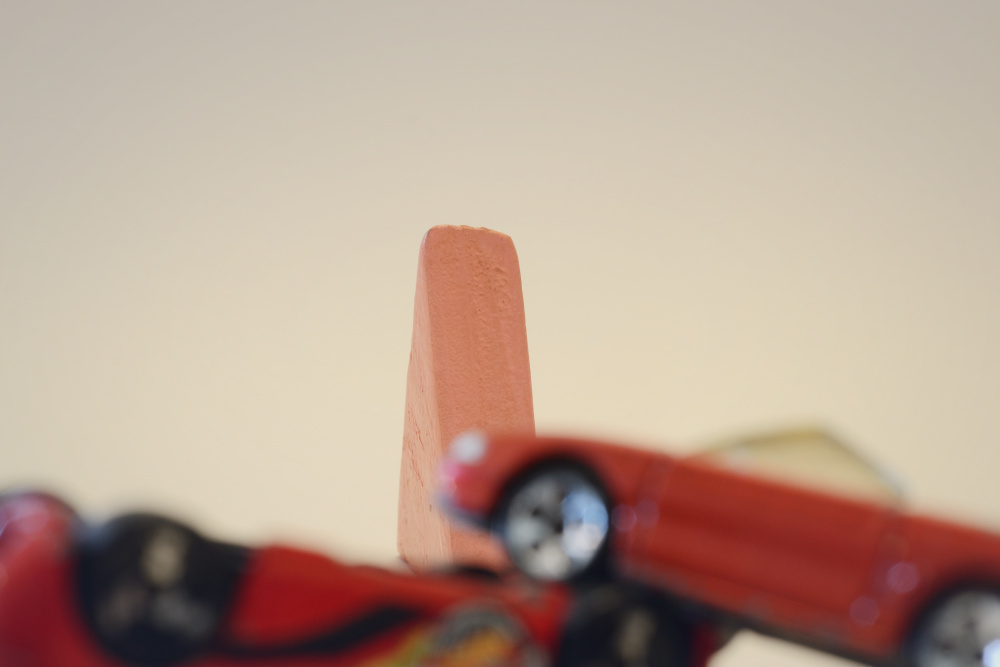
My husband pointed me to this recent, kinda insane Twitter thread about auto insurance:
It tells story after story of people doing or saying “dumb” things about auto insurance.
You get enough such stories strung together and you start to realize, “This isn’t the consumer’s fault. It might be their problem, but it’s (often) not their fault. They’re not doing these ‘dumb’ things because they’re dumb or subject to magical thinking. The system is simply too complicated to understand (alongside the umpteen other systems they need to understand…oh yeah and don’t forget their job and family obligations).”
That plus the fact that some clients have been goggle-eyed at the increase in their auto insurance premiums and, lo’, this blog post was born.
We are not insurance agents or brokers (originally typed as “borkers,” and let me tell you, that almost stayed) here at Flow. Such people have already written lots of articles across the internet that explain every aspect of auto insurance. I’m not interested in recreating that. (You should absolutely work with an auto insurance agent or broker in order to fully understand your coverage.)
I’m coming from a perspective of knowing enough about auto insurance and having worked with many a client to figure out the most appropriate coverage for their total financial picture. I have learned what to focus on…and what to safely ignore.
Auto insurance policies can provide a lot of different kinds of coverage. I don’t care about most of them. They’re nice-to-haves.
I want to discuss the short list of items in an auto insurance policy that we review on our clients’ policies—and that you therefore might focus your energies on. We believe they are the most likely to protect you against catastrophic (or even just really painful) financial damage, while keeping premiums as low as possible.
Liability Coverage
When I look at my auto insurance policy, this is formally called “Bodily injury and property damage Liability.” It covers your legal liability when your accident injures another person or damages someone’s property, i.e., when you’re sued by the person you hit.
Now, if you get an Umbrella Liability coverage—which we generally recommend to our clients—you’ll likely need to max out this coverage anyways. But even in the absence of that requirement, this is probably The Most Important Part of your auto insurance.
Why? Because it protects against the most catastrophic financial costs: being sued. While the cost of repairing or replacing your car is bounded (by the value of the car or a replacement car, more or less), people can sue you for any amount they want.
We generally recommend our clients max out their liability coverage.
Deductibles
Setting deductibles too low is probably the most common mistake we find amongst our clients. They’ve set their deductibles to, say, $250 when they could be much higher (usually $1000 is the highest available).
Why do I recommend they raise their deductibles? Because it will lower their premium.
What makes that an acceptable trade-off? The fact that they have plenty of cash to pay that extra $750 if they submit a claim. If you don’t have much cash lying around to pay the possible bill yourself, then yes, you should probably keep your deductible low. In my opinion, deductibles should be set in coordination with your cash emergency fund: the bigger your cash cushion, the higher you can afford to set your deductible.
This logic applies to both Comprehensive (covers the cost of repairing damage to your car by an event other than a car collision, such as theft or vandalism) and Collision (covers the cost of repairing damage if your car overturns or if it hits another car or object) deductibles.
Underinsured/Uninsured Motorist Coverage
That Twitter thread mentioned at the start features a “Plaintiff’s personal injury litigator” who says he recommends to all his friends and family that they get lots of underinsured/uninsured motorist coverage.
Anywhere from 5% to 25% of drivers are uninsured, depending on the state.
Which really really sucks when they hit you. Their lack of insurance, it turns out, ain’t payin’ any of your bills.
There are two parts of this coverage:
- Underinsured Motorist Bodily Injury: This covers costs for damages you (and a few other related people…see your insurance policy for details) incur, including medical expenses and lost wages.
- Underinsured Motorist Property Damage: This covers the cost of repairing your car. If your car is a beater ?, then it’s not very worthwhile.
We generally recommend our clients pay for underinsured motorist coverage and tailor the “property” damage coverage to the value of their car.
So, take a look-see at your auto insurance and make sure that you at least have these three categories of your policy set appropriately for your situation, okay?
And yes, your premiums have probably gone up and they’re probably high…and there’s probably nothing for it but to pay the bill.
That or trade in your vehicle for a 20-year old Toyota Sienna that’s worth about $13 and move out of California. See? Easy!
If you want to work with a financial planner who will take a look at all parts of your financial situation, reach out and schedule a free consultation or send us an email.
Sign up for Flow’s twice-monthly blog email to stay on top of our blog posts and videos.
Disclaimer: This article is provided for educational, general information, and illustration purposes only. Nothing contained in the material constitutes tax advice, a recommendation for purchase or sale of any security, or investment advisory services. We encourage you to consult a financial planner, accountant, and/or legal counsel for advice specific to your situation. Reproduction of this material is prohibited without written permission from Flow Financial Planning, LLC, and all rights are reserved. Read the full Disclaimer.
